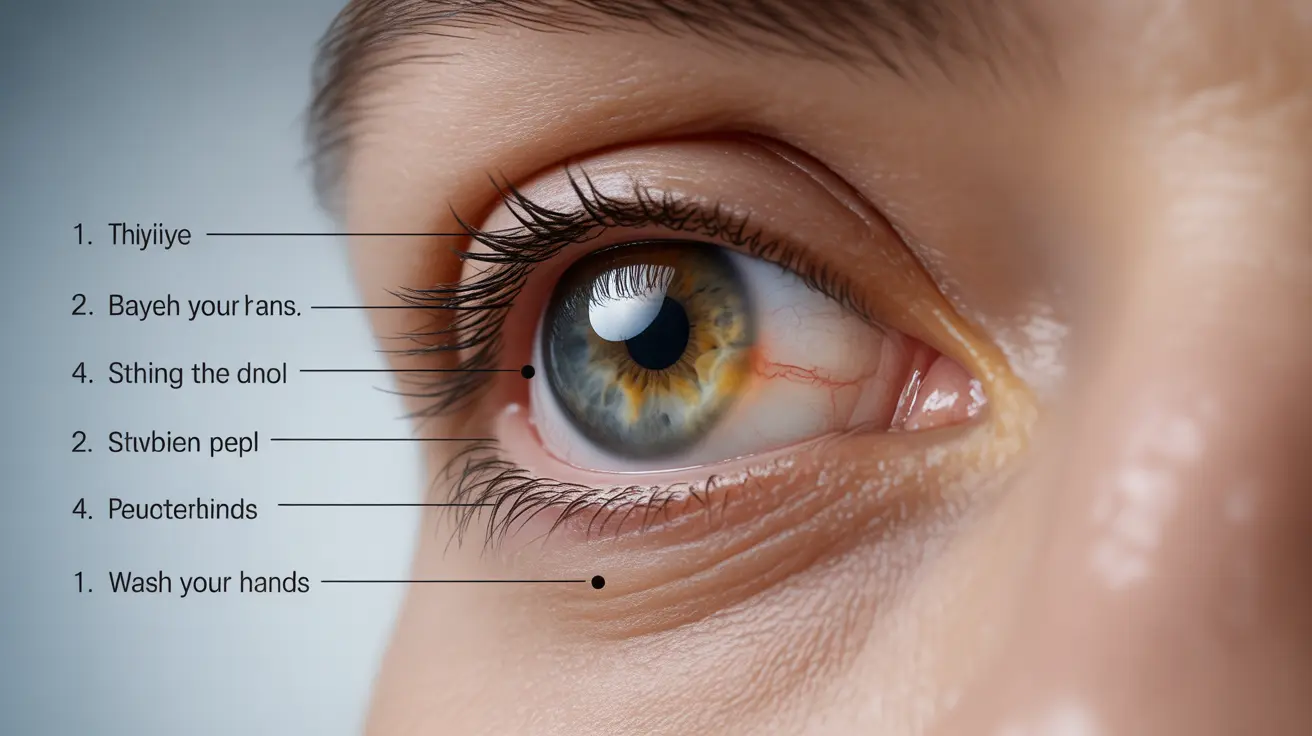If you've ever experienced a stye - that painful, red bump on your eyelid - you might wonder about its potential to spread. Understanding how styes develop and transmit is crucial for preventing their spread and maintaining proper eye health.
While styes themselves aren't directly contagious, the bacteria that cause them can spread under certain conditions. Let's explore the facts about stye transmission and learn effective prevention strategies.
What Causes Styes to Develop?
Styes typically occur when oil glands or hair follicles along the eyelid become infected with bacteria, particularly Staphylococcus aureus. These bacteria naturally exist on our skin but can cause infection when they enter blocked glands or small breaks in the skin.
How Stye Bacteria Can Spread
While the stye itself isn't contagious, the bacteria causing it can transfer in several ways:
- Through direct contact with infected eye secretions
- Using contaminated personal items like towels or washcloths
- Touching or rubbing eyes with unwashed hands
- Sharing eye makeup or contact lens solutions
The Risk of Spreading to Your Other Eye
One of the most common concerns is whether a stye can spread from one eye to the other. This can happen if you touch the affected eye and then touch your other eye without washing your hands, transferring the bacteria in the process.
Prevention and Hygiene Practices
Maintaining good hygiene is essential for preventing the spread of stye-causing bacteria:
- Wash hands frequently with soap and water
- Avoid touching or rubbing your eyes
- Never share personal eye care items
- Remove eye makeup before bed
- Replace eye makeup every 3-6 months
- Clean contact lenses properly
Treatment Options and Medical Care
Most styes heal on their own within a week with proper care. However, some situations warrant medical attention:
- When the stye persists beyond 1-2 weeks
- If vision becomes affected
- When accompanied by fever or severe pain
- If the stye keeps recurring
- When the entire eyelid becomes swollen
Frequently Asked Questions
Can styes spread from one person to another, and how common is this?
While styes themselves don't directly spread between people, the bacteria that cause them can transfer through close contact or shared items. However, this type of transmission is relatively uncommon when proper hygiene is maintained.
What are the best ways to prevent spreading stye-causing bacteria within my family or household?
The most effective prevention methods include using separate towels and washcloths, avoiding sharing eye makeup or eye care products, maintaining good hand hygiene, and keeping personal items separate for each family member.
How can touching or squeezing a stye affect the risk of it spreading to my other eye or to someone else?
Touching or squeezing a stye can force bacteria deeper into the tissue and increase the risk of spreading the infection to your other eye or elsewhere on your face. It's important to avoid manipulating the stye and to practice good hand hygiene.
What hygiene practices should I follow if I or someone close to me has a stye?
Practice frequent hand washing, avoid touching the affected area, use clean warm compresses for treatment, keep personal items separate, and maintain regular cleaning of shared surfaces and items.
When should I see a doctor for a stye, and what treatments help prevent it from spreading?
Seek medical attention if the stye persists beyond two weeks, causes vision problems, or is accompanied by severe pain or fever. Doctors may prescribe antibiotic ointments or oral antibiotics to treat the infection and prevent its spread. They might also recommend professional drainage for severe cases.




